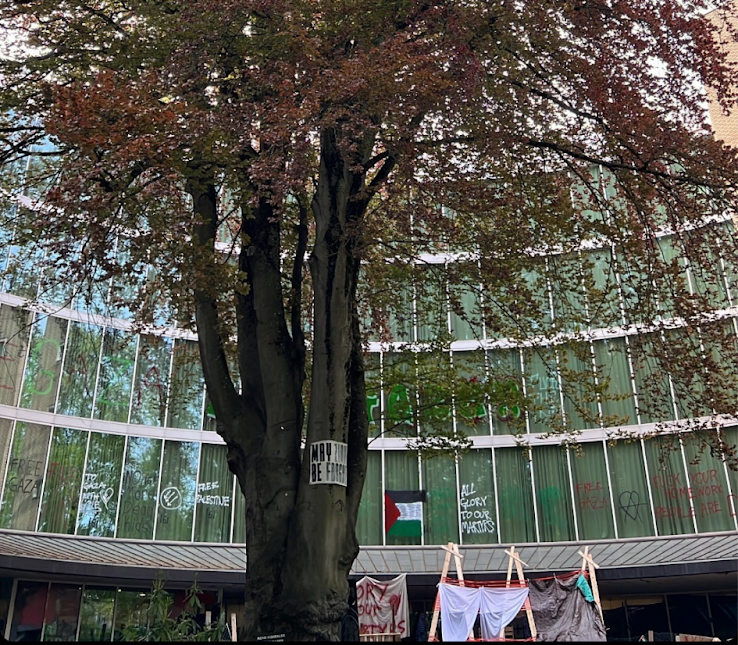
Image of children celebrating St Lucia Day and showing the importance of fire in this holiday with the use of lit candles.
Across the globe, a wide variety of celebrations occur during the winter. As daylight is lost, people gather and use this time to reflect on the past year’s events. A theme throughout a variety of these celebrations is giving; many are encouraged to show kindness to others through the giving of gifts. This theme remains constant throughout the celebration of Saint Lucia Day. This holiday is celebrated on December 13 and while it originates in Sweden it can be found in other parts of the world as well. Its name and prominence originates from the Saint Lucia, who was one of the first martyrs in Christian lore. It is told that Lucia would secretly bring food to other Christians who lived in catacombs under the city of Rome, before she was executed during the Diocletian Persecution. Thus, starting the most important tradition of Saint Lucia Day, which revolves around baking and delivering Lussekatter or Saint Lucia bread. This tradition is essential to the holiday of Saint Lucia Day, but now in Scandinavian towns one young girl is elected to serve as Saint Lucia for that year. The elected Saint Lucia represents her town in various parades that occur throughout December.
The traditional garb that is worn by Saint Lucia is also important in the celebration of this holiday. Saint Lucia is typically represented though the wearing of long white robes, a red sash, and a wreath of lit candles. This traditional dress is representative of the importance of light in dark times. Saint Lucia Day is often referred to as The Swedish Festival of Lights due to the importance of the wreath of candles worn by Saint Lucia and the warmth and light she brought to others during the winter. According to The New York Times, the fascination with light, specifically fire, come from pagan traditions as it is likely that “missionaries gave the pagan tradition a Christian twist,” in the creation of Saint Lucia Day.
The celebration of Saint Lucia Day continues as the holidays approach and light becomes scarce, thus making it more valuable.






























